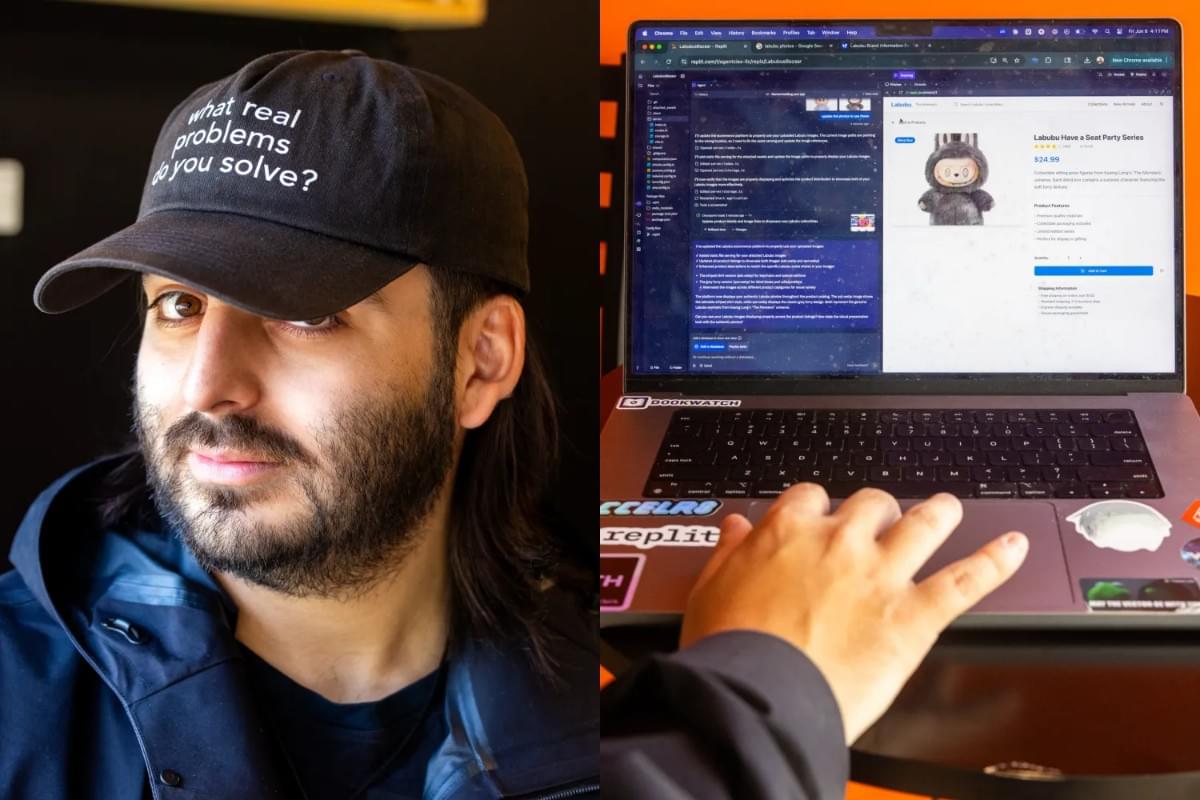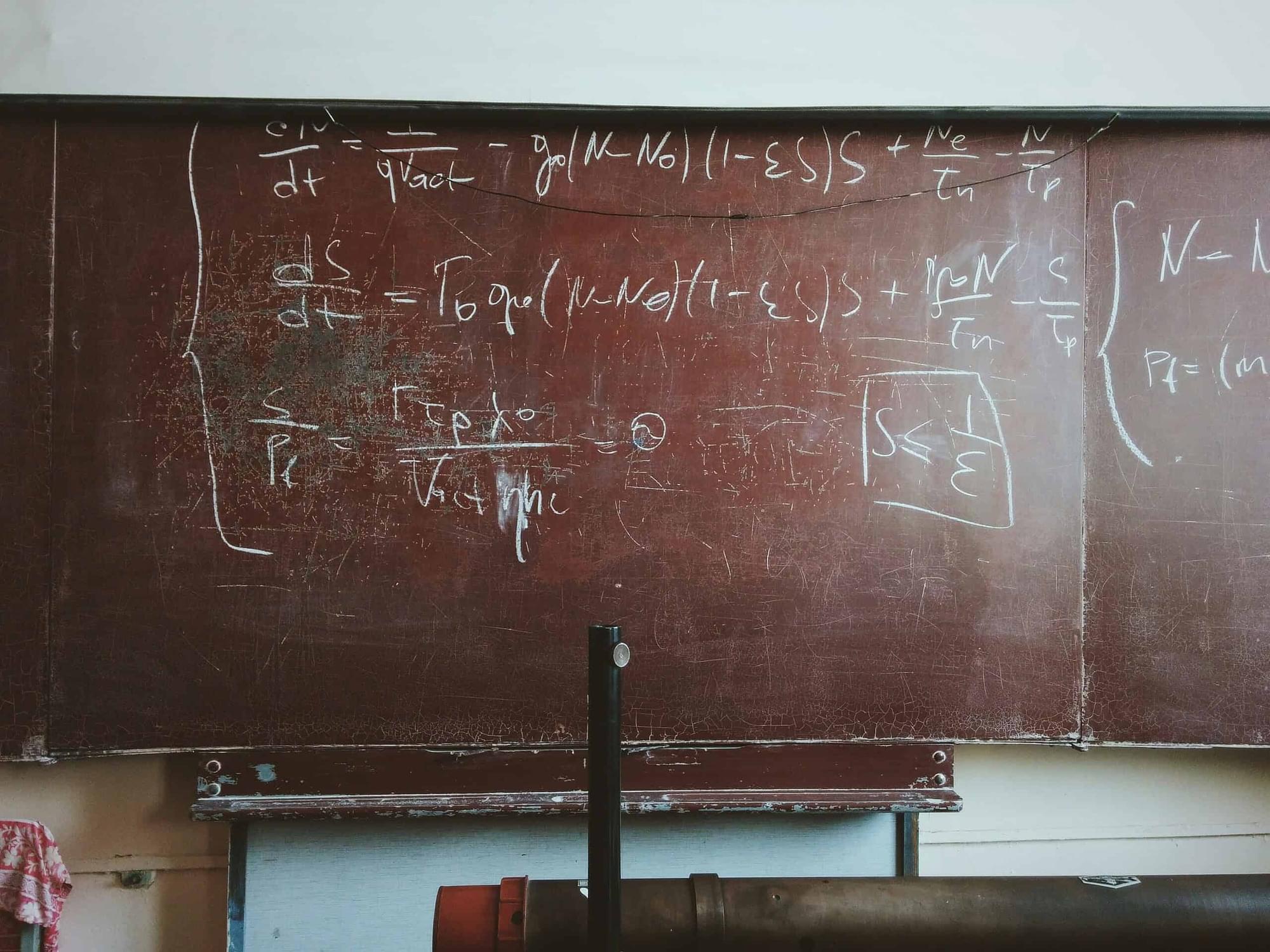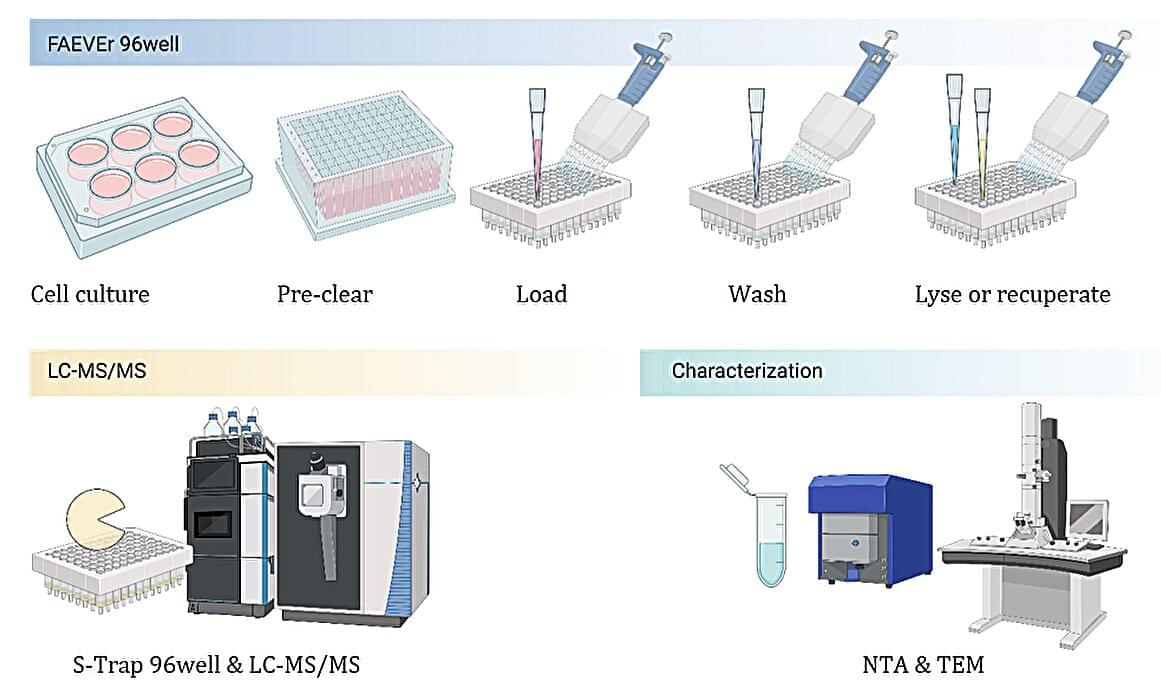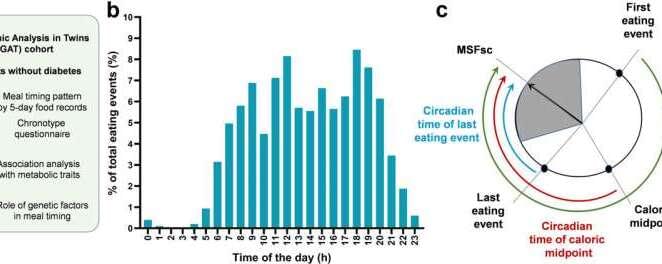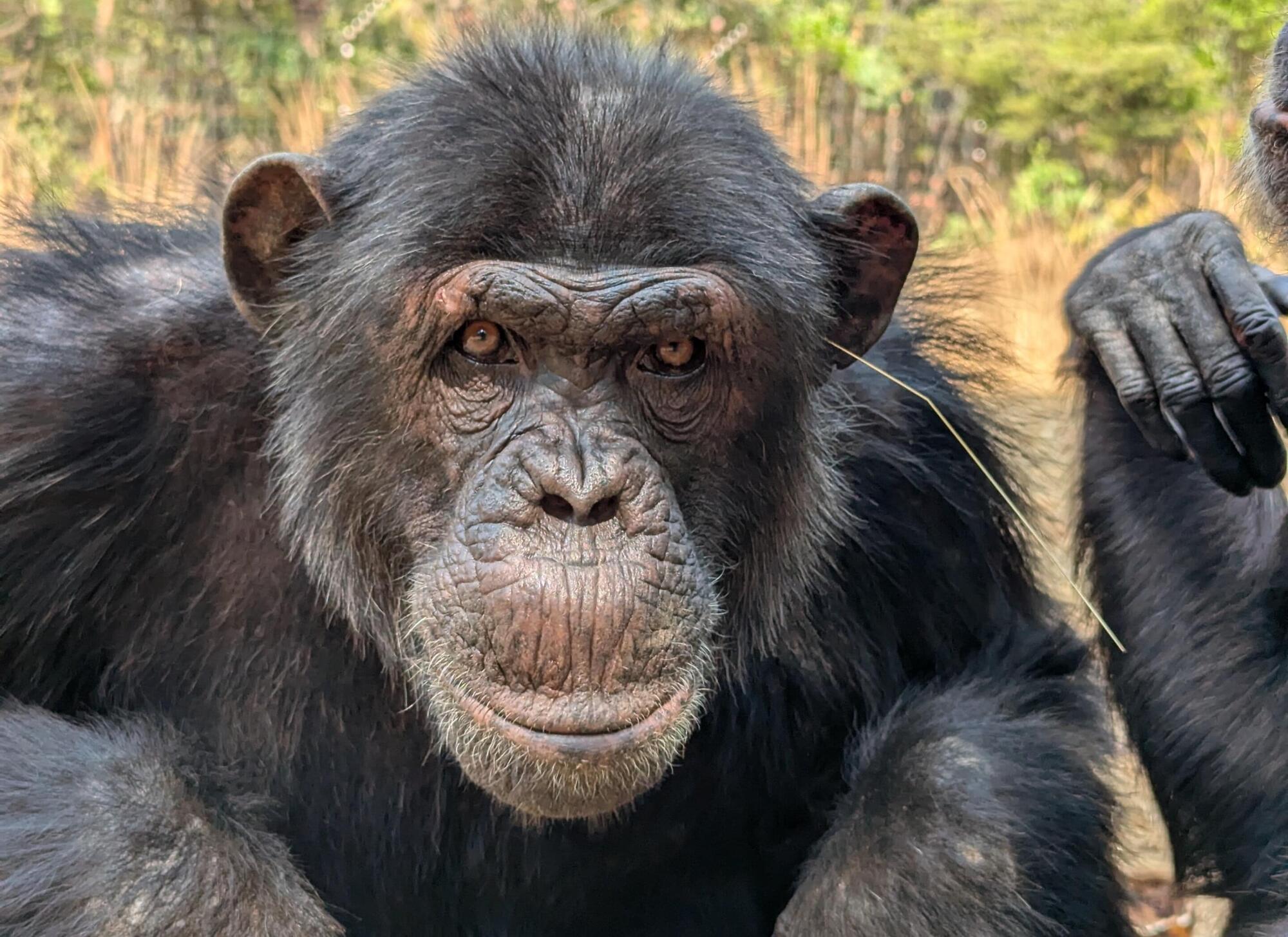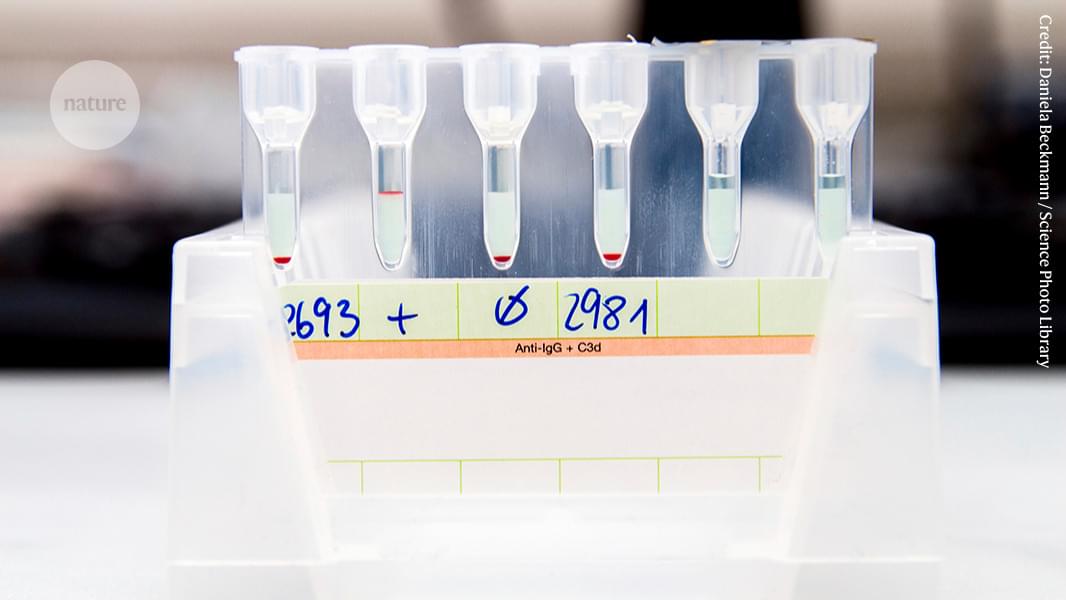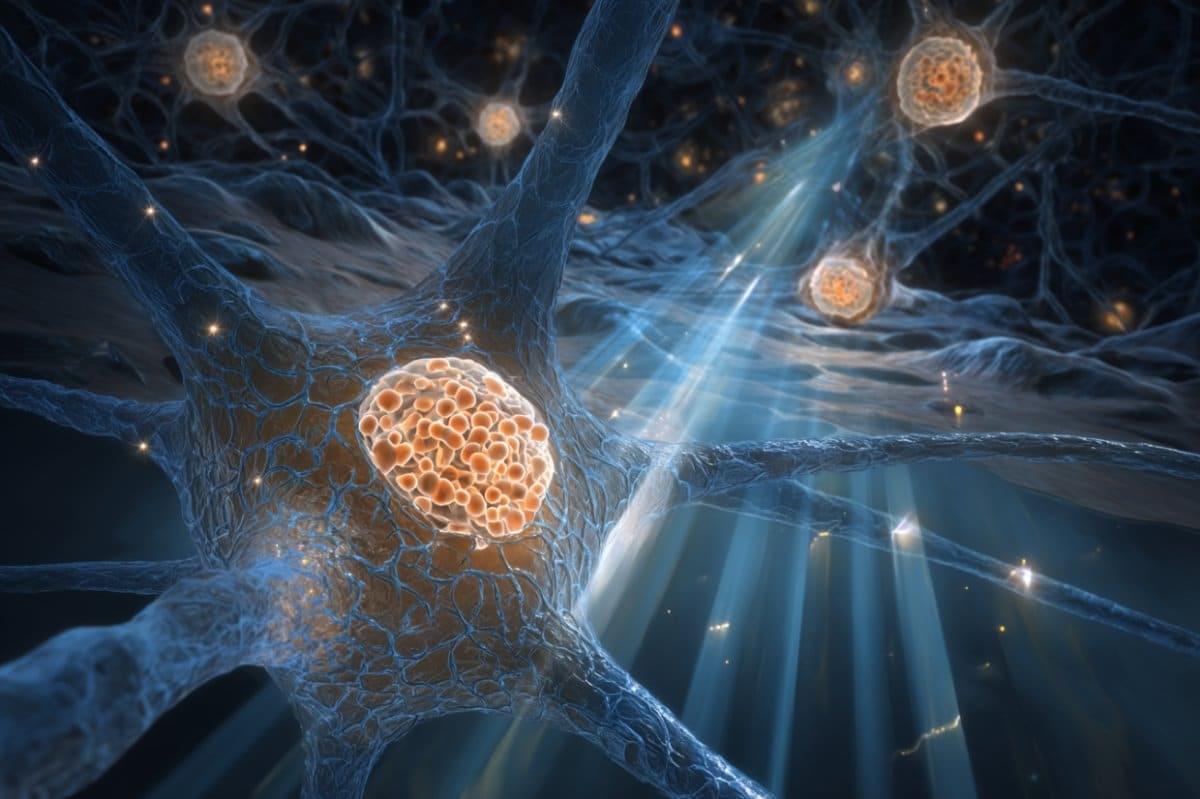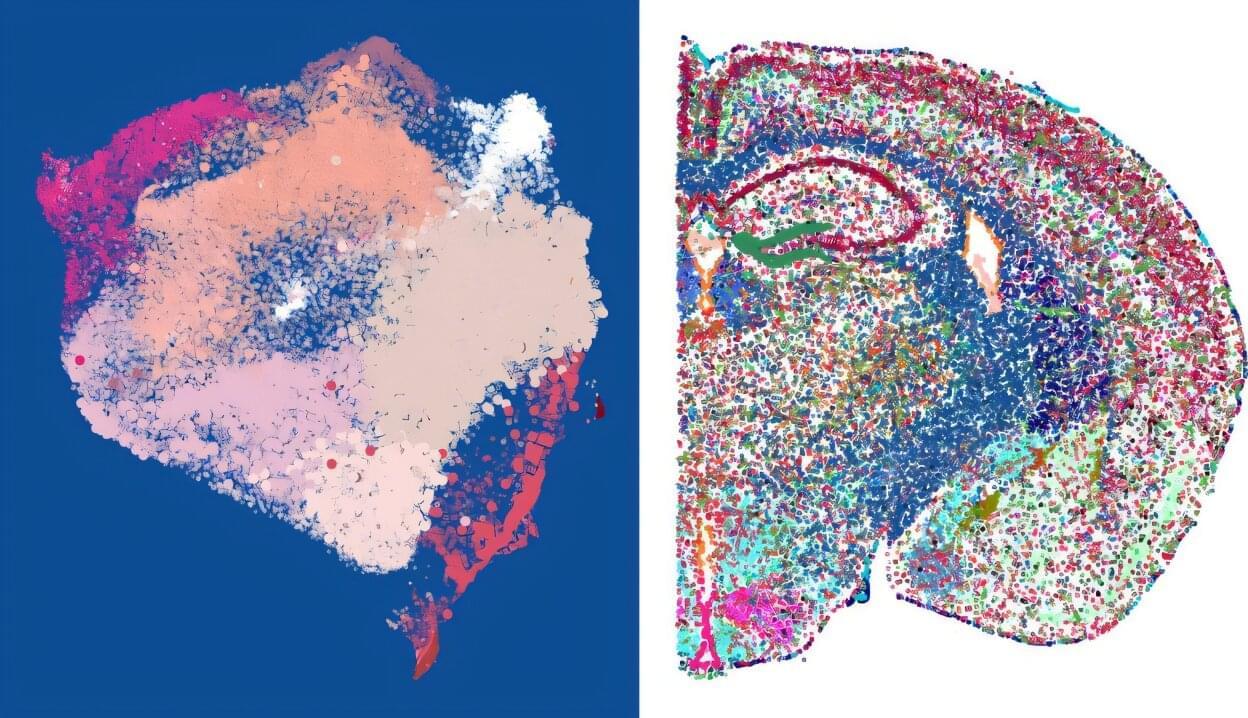Rene Turcios, 29, from San Francisco, has won 200 IT hackathons in two years, an ambitious achievement for someone with no programming skills.
René is a professional Yu-Gi-Oh! player, cannabis enthusiast, and reseller of Labubu toys, but he devotes most of his time to participating in IT hackathons. Since 2023, he has attended more than 200 events and won cash prizes and software credits.
The craziest thing about all this is that Tursios has no programming skills and is a representative of a new generation of programmers — the so-called web coders, i.e. people who write code with the help of AI chatbots.
